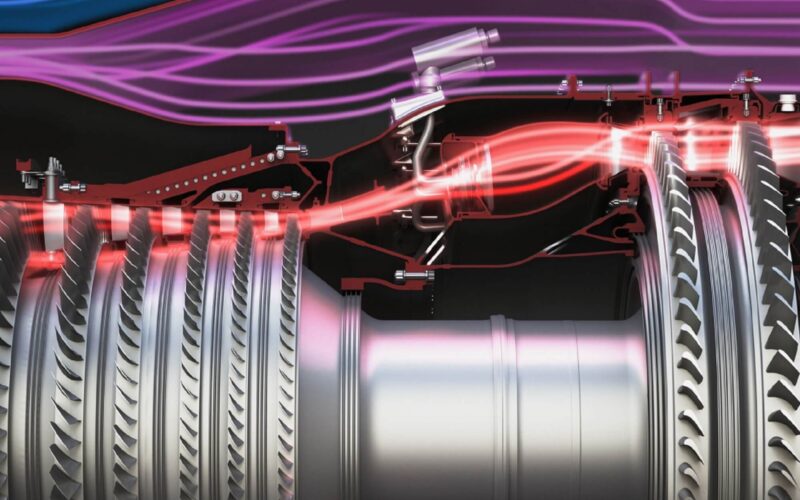The U.S. Air Force (USAF) recently signed agreements with five US-based aerospace and engine manufacturers to develop prototypes of adaptive engines for the Next Generation Air Dominance (NGAD) program.
According to the U.S. Department of Defense, the five manufacturers – GE Aviation, Raytheon Technologies, Boeing, Lockheed Martin, and Northrop Grumman – were awarded a $975 million contract each to carry out the prototype phase of the Next Generation Adaptive Propulsion program.
The USAF has allocated almost $4.9 billion for adaptive engine development. Under terms of the program, the new prototype engine is expected to be designed and tested by July 2032.
What is an adaptive jet engine?
Many of the world’s fighter jets are powered by engines designed with the purpose of reaching high speeds. However, those engines are not as fuel efficient when compared to those used to power commercial airliners. An adaptive jet engine concept would combine the two features and make the engine capable of operating at high speeds while also being fuel efficient.
Engine manufacturers involved in the USAF program aim to develop a fighter jet engine that will consume at least 25% less jet fuel when compared to engines currently in use.
A previous program called the Adaptive Engine Transition Program (AETP) saw the development of two engine demonstrators to replace the F135 in the F-35: the adaptive General Electric XA100 and the Pratt & Whitney XA101 Enhanced Engine Package (EEP).
UPDATE 26-08-2022, 09:44 (UTC +3): This article was amended to correct the aircraft concerned by the program.

